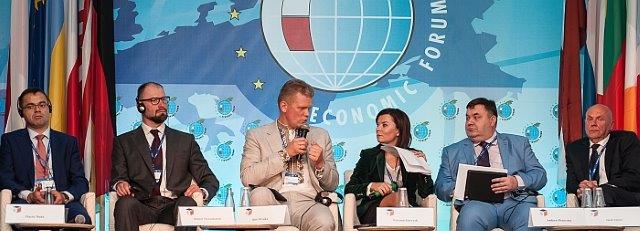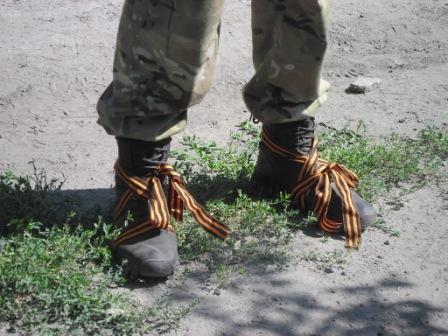Where did the organized information leaks regarding the actions of the Ukrainian army come from? I am sure that Russian agents do exist in Ukraine, and they are quite active. But I would not overestimate their numbers. The main source of operative information on tactical circumstances is the Russian radio technical intelligence in cooperation with other types of intelligence and, in particular, with the unmanned “Orlan-10” intelligence vehicles. This is reported by journalist Yuriy Butusov on his Facebook page.
High efficiency of Russian radio technical intelligence during war with Ukraine is conditioned by the following factors:
- Shortage of modern means of secure communication. A vast amount of operative information exchange is still done via cell phone between generals, officers, soldiers. Besides, active cellphones of the vast majority of soldiers in the ATO zone allow the enemy to precisely and easily determine the numbers of Ukrainian armed forces down to a single person.
- High pressure on existing communication nodes – this allows the enemy to quickly intercept the most powerful transmitters, the sources of intense radio exchange. It is very easy to calculate the location points of army headquarters through triangulation – spies are unnecessary, one simply finds the transmitter, and determines its significance and level of its headquarters by sizing up its power and intensity of work.
- The lack of opportunity to lay down secure optic cable communication lines. Optic cable makes it possible not to go live on radio, allows to decrease radio exchange significantly, or even exclude it completely… If we were able to quickly lay down cable networks and decrease radio exchange, we would increase the security significantly.
- Low mobility of army headquarters. Taking into account the shortage of engineering manpower and means, the Ukrainian headquarters in the ATO zone are tied to their base locations for a long time.
- “Ukrtelecom” company is a monopolist, the owner of all state communication channels, special communication provision systems and encryption systems, it belongs to a privately-owned business for which a high number of Russians work. I will write in more detail about this tomorrow – it is a very scandalous situation.
- Cooperation of radio technical intelligence with other types of military intelligence. The usage of agents from the local population. A distinguishing feature of the Ukrainian-Russian war became the Russian army’s mass use of tactical “Orlan-10” intelligence vehicles. Unmanned intelligence crafts conduct preliminary intelligence of all points of intense radio exchange where the enemy presumes to find headquarters and troops buildup. After detecting headquarters and military bases the enemy makes an effort to destroy these objects by using fire and corrects the fire line with the help of unmanned crafts. Unfortunately, Ukraine has a very limited amount of modern military air-defense weaponry in the ATO zone which is able to efficiently detect and destroy enemy crafts. The majority of headquarters and bases remain vulnerable to the unmanned crafts.
- Even when Ukrainian regiments are equipped with digital mobile stations and leave their cell phones at the base, commanders pay too little attention to disciplining radio communication within the unit. The thing is that even the most secure kind of radio communication can unmask the troops when used in motion. As any broadcast, especially in borderline regions with the RF, as practice shows, is monitored by the enemy, Russians also land artillery blows to broadcast locations. In order to provide for unpredictability when preparing troops relocation, it is best to stop radio communication at all stages of work with all parties before the attack signal is given. Otherwise chatter on radio and by phone helps enemy intelligence to create a full situational map of our troops better than any spies can, and even to easily predict their next move.
When relocating close to the enemy, it has to be stressed that radio communication is an unmasking factor. The use of radio communication to command unit movements and communicate secondary information is not efficient in the zones where the probability of enemy fire is high.
It is unlikely that now, during wartime, the army has the possibility of systematically changing and correcting these drawbacks. But the personnel has to have a clear understanding of these problems in order to minimize the factors which allow Russian intelligence to effectively monitor the actions of the Ukrainian army.
Source: InfoUnion
Translated by Mariya Shcherbinina





